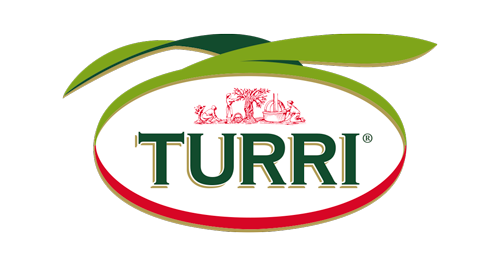Extra virgin olive oil is a foodstuff that is meant to be combined with other ingredients to make delicious dishes. Olive oil is defined as ‘seasoning‘, i.e. ‘a substance added to food to make its taste more pleasant‘ [Vocabolario Treccani definition]. This is certainly one of its functions, but perhaps it is secondary. Its main role is in fact that of being a flavour enhancer: it does not add flavour, but enhances the taste characteristics of the products to which it is combined. This is why extra virgin olive oil has been given such a prominent place in the Mediterranean diet, where the tastes to be combined are the most varied and where oil is able to enhance practically all of them. As we often say, it only takes a little quality oil to make a difference in a dish, which is why learning to distinguish its characteristics helps us to pair them better. Not all oils are the same; the first step to getting to know them better is to taste them. Our 9-step guide can help you train your palate. Differences in oils arise from the blending of olives of different varieties. Oils from the Garda area tend to be very delicate, bitter and spicy combine well in a sweet taste that closes on a hint of almond. They suit all tastes and practically every combination, even with cheeses and desserts. However, there are always small differences. The Garda DOP Orientale for example is made from predominantly Casaliva olives, with a small presence of other varieties such as Fort, Leccino, Moraiolo and Pendolino. It has a light fruity taste with hints of artichoke, soft and enveloping on the palate, and has good fluidity and harmony. It goes well raw with vegetables or on a meat carpaccio. Its organoleptic characteristics also make it suitable for the preparation of desserts, because it is delicate. On the other hand, Primizia del fattore 100% Italian is an oil with a more persistent and fruity taste. It goes particularly well with soups, fish and vegetables, not covering the flavour but enhancing the taste of the food. In general, delicate flavours are best combined with a delicate, fruity oil, so that it does not cover the flavour of the raw material, but rather enhances its characteristics. For strong flavours it is better instead to choose more persistent or spicy oils, which do not disappear in the taste but blend into a single bouquet of flavours.


